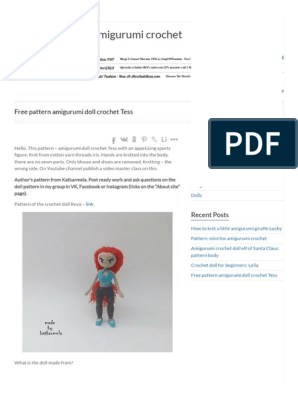0% found this document useful (0 votes)
485 views6 pagesWeft Knitting Essentials
The document discusses weft knitting design. Weft knitting is a method where loops are formed horizontally from a single yarn and intermeshed in a circular or flat pattern. There are two main types of weft knitted fabrics: single jersey and double jersey. Single jersey uses one needle set and has face loops on one side and back loops on the other. Double jersey uses two or four needle sets and has both face and back loops on the same side. The document also outlines features of modern circular knitting machines and various methods for decorating and modifying single jersey fabrics.
Uploaded by
Ahmed AksarCopyright
© © All Rights Reserved
We take content rights seriously. If you suspect this is your content, claim it here.
Available Formats
Download as PDF, TXT or read online on Scribd
0% found this document useful (0 votes)
485 views6 pagesWeft Knitting Essentials
The document discusses weft knitting design. Weft knitting is a method where loops are formed horizontally from a single yarn and intermeshed in a circular or flat pattern. There are two main types of weft knitted fabrics: single jersey and double jersey. Single jersey uses one needle set and has face loops on one side and back loops on the other. Double jersey uses two or four needle sets and has both face and back loops on the same side. The document also outlines features of modern circular knitting machines and various methods for decorating and modifying single jersey fabrics.
Uploaded by
Ahmed AksarCopyright
© © All Rights Reserved
We take content rights seriously. If you suspect this is your content, claim it here.
Available Formats
Download as PDF, TXT or read online on Scribd
/ 6





























































































